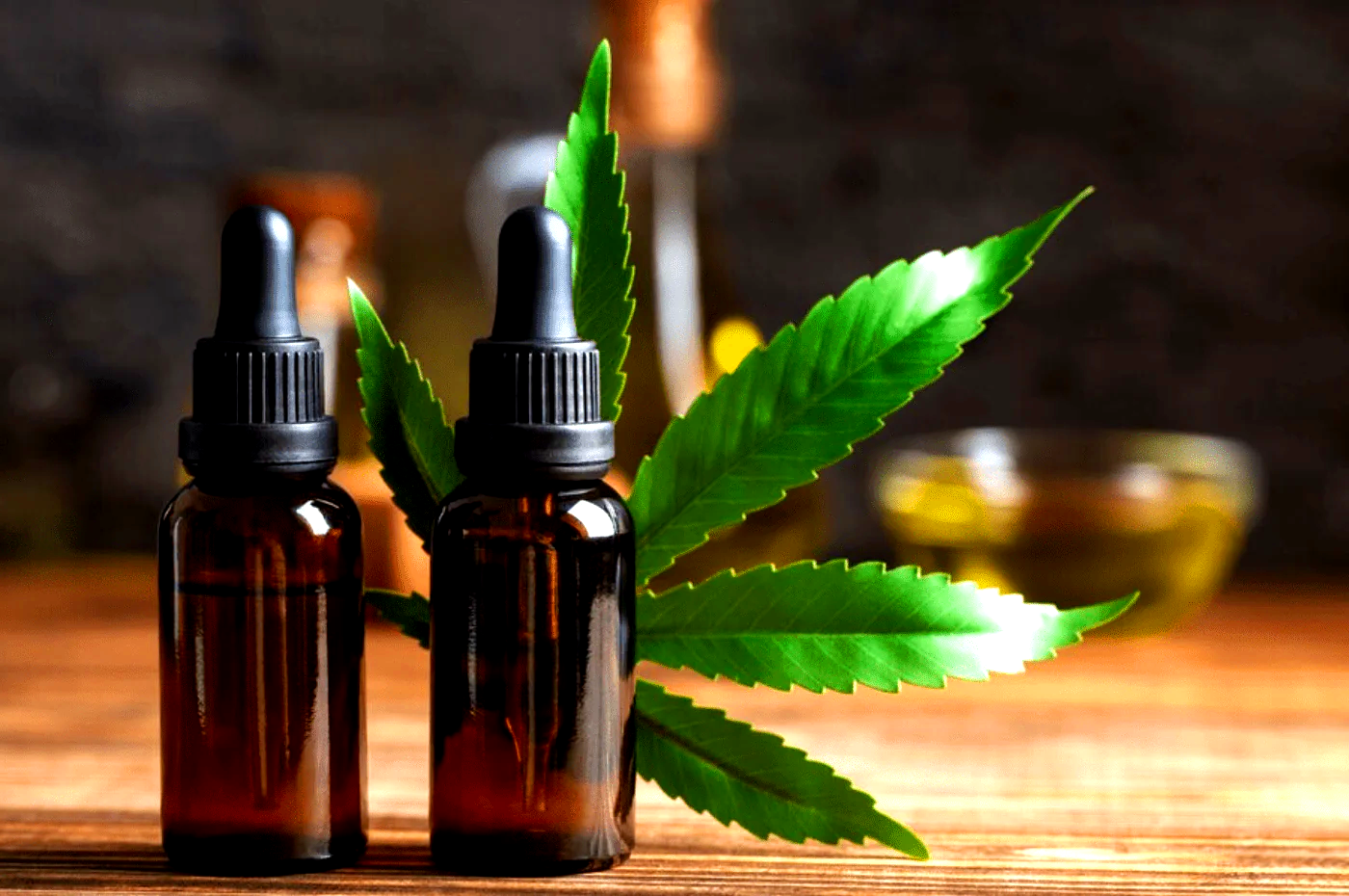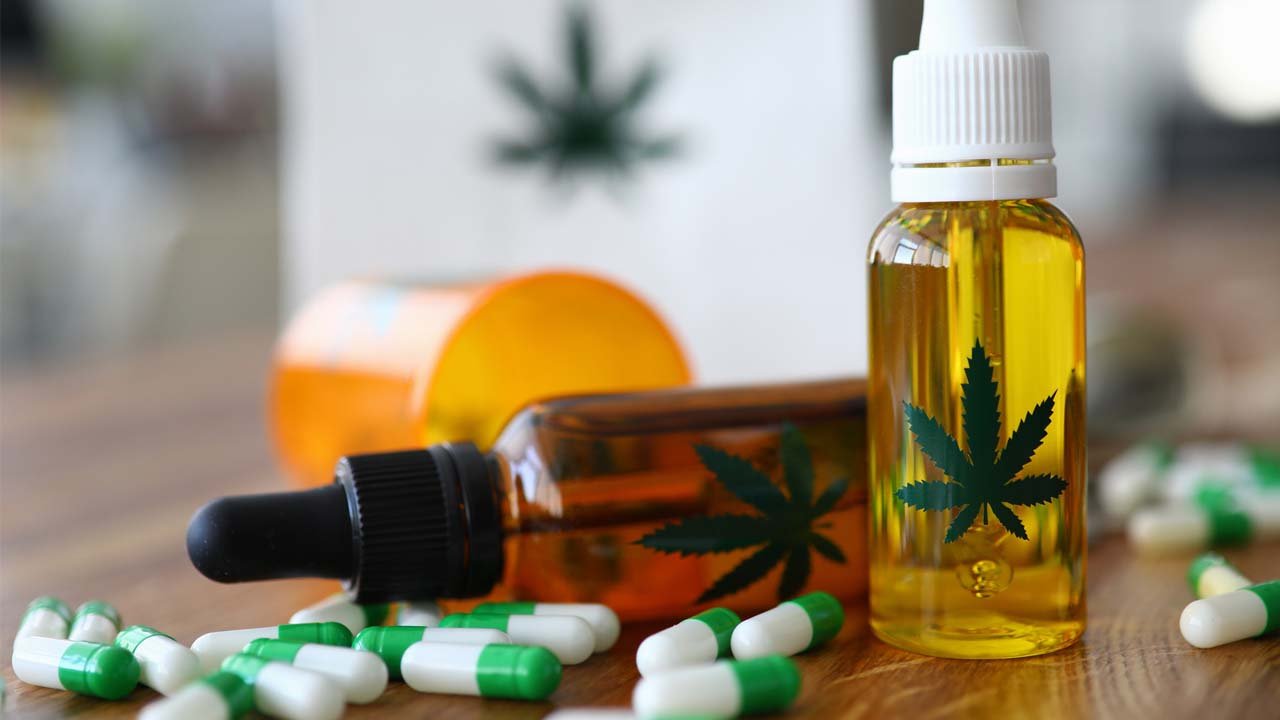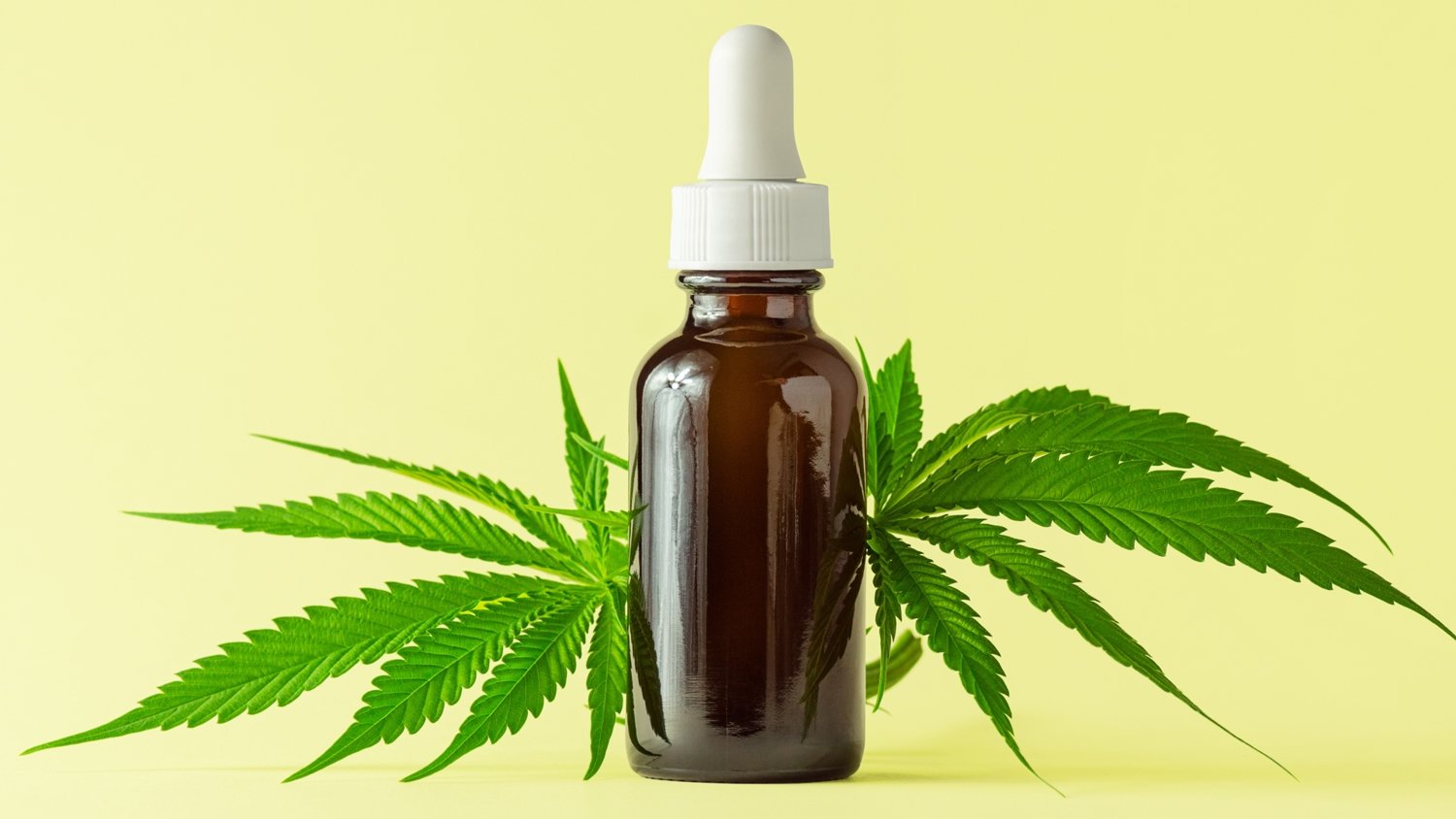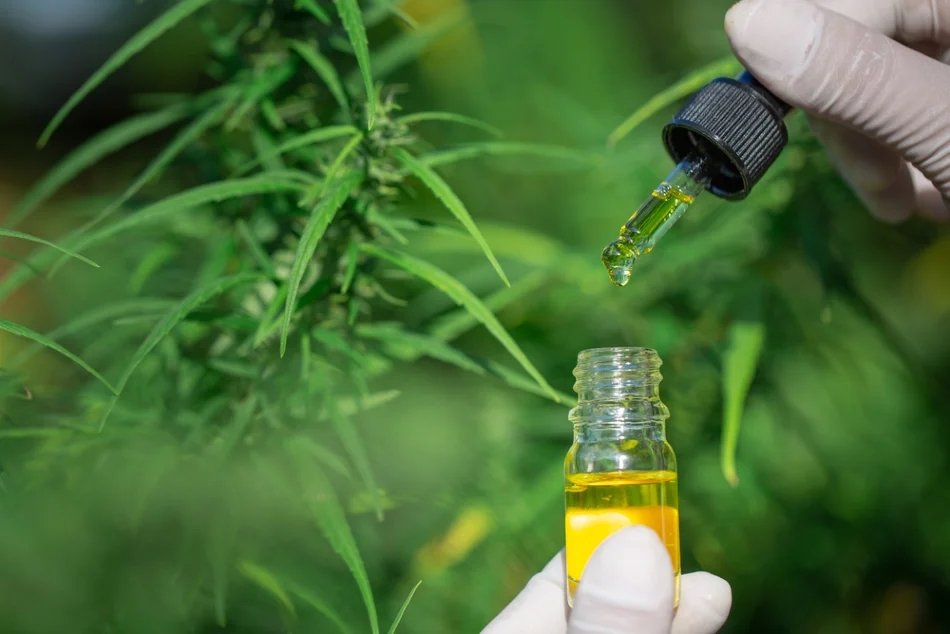Entourage Effect of CBD Oil in 2025

One significant aspect of the study and application of CBD (cannabidiol) is the “entourage effect” This occurrence implies that the many chemicals found in CBD oil interact with one another to produce a synergistic impact that increases the oil’s overall medicinal potential.
This article will explore the complexities of the entourage effect, exploring how the natural compounds found in cannabis, such as terpenes and cannabinoids, interact to potentially produce an effect that is greater than the sum of their individual effects.

Explore the Contents
What is the Entourage Effect of CBD Oil?
The idea that the different natural substances present in cannabis plants, such as terpenes, flavonoids, and cannabinoids, cooperate to intensify one another’s benefits is known as the entourage effect of CBD oil.
According to this theory, the whole plant has a more potent therapeutic effect than the sum of its components.
This energizing effect could be caused by the presence of several cannabinoids (including CBD, CBN, and trace amounts of THC) in CBD oil, especially full-spectrum varieties, together with terpenes (the chemicals that give the plant its flavor and aroma) and other ingredients.
Rather of each component functioning independently, they work together in the body to provide a more complex or powerful effect than CBD alone could.
This interaction may improve the oil’s overall effectiveness and influence its effects on the body, which could result in more substantial therapeutic advantages.
This is a major factor in why some consumers favor full-spectrum CBD products in an effort to fully use the entourage effect.
To completely comprehend and validate the processes and scope of this effect, more research is necessary.
What is the Endocannabinoid System?
In the early 1990s, scientists studying the well-known cannabinoid THC discovered the endocannabinoid system (ECS), a sophisticated cell-signalling mechanism.
It is essential for controlling a number of bodily processes and activities, such as mood, appetite, sleep, memory, fertility, and reproduction.
The ECS is active in your body even if you don’t use cannabis.
It contain three core components:
- Endocannabinoids: Your body produces these chemicals, which are comparable to cannabis. They support the seamless operation of internal processes.Your body produces these chemicals, which are comparable to cannabis. They support the seamless operation of internal processes.
- Receptors: Endocannabinoids, which are present all over your body, attach to these receptors to tell the ECS to start working. CB1 receptors, which are mostly found in the central nervous system, and CB2 receptors, which are mostly found in the peripheral nervous system, particularly immune cells, are the two primary types of receptors.
- Enzymes: After endocannabinoids have served their purpose, they are in charge of degrading them.
Maintaining body homeostasis—biological balance in response to environmental changes—is the ECS’s major duty.
According to research, the ECS may regulate a number of physiological and cognitive functions and may have therapeutic applications for a wide range of illnesses. Like endocannabinoids, cannabinoids from cannabis plants, such as THC and CBD, bind to the receptors in the ECS to interact with it.
Cannabis has a wide spectrum of physical and psychological consequences because of this interaction, which is also the subject of a large corpus of medical research.
What Are Terpenes?
Cannabis is one of many plants that produce terpenes, a broad and varied family of chemical molecules.
They are responsible for the unique flavors and scents that plants have. For example, distinct terpenes are responsible for the zesty aroma of citrus, the calming scent of lavender, and the fresh scent of pine.
In cannabis, terpenes are essential for distinguishing the flavor and aroma qualities of different strains.
Beyond only altering taste and aroma, terpenes are also thought to work in concert with cannabinoids (such as THC and CBD) to intensify and modify their effects.
One of the most important components of the entourage effect in cannabis products is this relationship.
Because of their possible therapeutic benefits, terpenes—which are present in a wide variety of plants—are frequently employed in aromatherapy and natural medicine.
While certain terpenes are more energizing or invigorating, others have a soothing effect. Because of their incorporation into CBD products, every product and strain is distinct and can enhance the overall medicinal effect.
What Are Cannabinoids?
The cannabis plant contains a variety of chemical compounds called cannabinoids, which interact with the body’s endocannabinoid system to affect the release of neurotransmitters in the brain.
Tetrahydrocannabinol (THC), a psychoactive compound with both medicinal and recreational uses, and cannabidiol (CBD), a non-psychoactive compound with possible therapeutic benefits, are the two most well-known cannabinoids.
In addition, the cannabis plant has more than 100 additional cannabinoids, each has special qualities and possible health advantages.
The entourage effect is a phenomena whereby certain cannabinoids might enhance one other’s effects by working in concert.
The interaction of cannabinoids is a major area of study, particularly because of its possible therapeutic uses and the ways in which they control different bodily physiological and mental functions.
What is the Best Type of Oil to Get the Entourage Effect?
Full Spectrum CBD oil is the best kind of oil to get the entourage effect.
A wide variety of terpenes, cannabinoids, and other healthy substances present in the cannabis plant are present in this type of oil, including trace levels of THC (less than 0.2%). Full Spectrum CBD oil is significant because it contains a wide range of naturally occurring cannabis plant components
. Full-spectrum CBD oil utilizes the potential synergistic interactions of all its constituents, in contrast to CBD isolate, which only contains pure CBD, or broad-spectrum CBD, which contains a variety of cannabinoids but usually does not include THC.
The entourage effect is a synergy that is thought to improve the oil’s therapeutic qualities, potentially making it more effective than CBD alone.
A more comprehensive approach to the possible advantages of CBD may be offered by the presence of different cannabinoids and terpenes in Full Spectrum CBD oil, which may result in better outcomes for a range of ailments.
Individual reactions can differ, though, and not everyone may benefit from the minute levels of THC in Full Spectrum CBD oil, especially those who are susceptible to drug tests or have THC sensitivity.
Final Notes on the Entourage Effect
The synergistic interaction between different chemicals in cannabis, such as cannabinoids, terpenes, and flavonoids, is known as the entourage effect in CBD oil, and it improves the oil’s overall therapeutic potential.
This phenomenon implies that these chemicals’ combined effect is stronger than the sum of their separate effects. Full-spectrum CBD oil is thought to be the best at achieving this effect because it contains a variety of terpenes and cannabinoids.
In comparison to isolated CBD, it may provide increased efficacy and a wider spectrum of therapeutic advantages.
The entourage may have a significant impact on a number of body processes and functions through its involvement in the endocannabinoid system.
The entourage effect is still a key component of cannabis research, indicating the significance of the entire plant’s natural components in offering possible health advantages, even if more study is required to completely comprehend and validate it.





